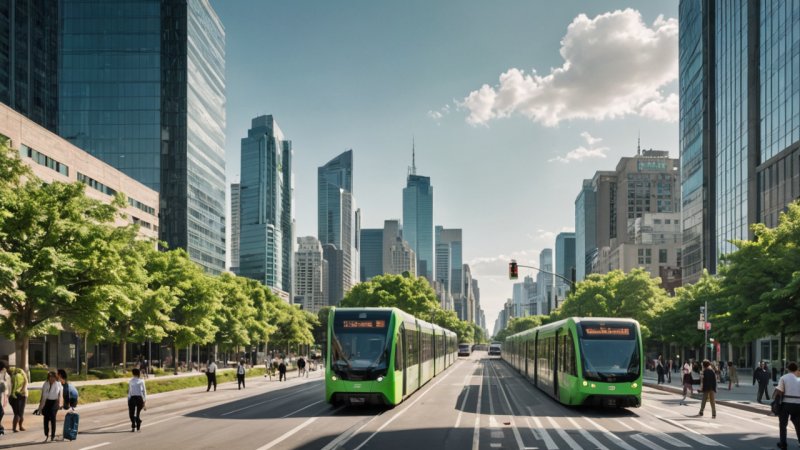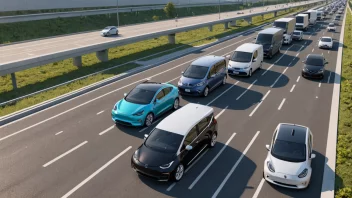Introduction
Urbanization is a global phenomenon that presents both opportunities and challenges for cities and their inhabitants. In this article, you will learn how effective policies can mitigate the adverse effects of urbanization, such as overcrowding, pollution, and inadequate infrastructure. We will guide you through a series of steps that policymakers can take to create sustainable urban environments.
Step 1: Assessing Urbanization Challenges
Before implementing any policies, it is crucial to understand the specific challenges posed by urbanization in a given area. This involves:
- Data Collection: Gather data on population growth, housing, transportation, and environmental impacts.
- Stakeholder Engagement: Involve community members, local businesses, and urban planners in discussions about urban challenges.
- Identifying Key Issues: Analyze the data to pinpoint major issues such as traffic congestion, waste management, and housing shortages.
Step 2: Developing Comprehensive Urban Policies
Once the challenges are identified, the next step is to develop policies that address these issues effectively. Consider the following:
- Housing Policies: Implement zoning laws that promote affordable housing and mixed-use developments.
- Transportation Policies: Invest in public transportation systems and promote alternative transport methods like cycling and walking.
- Environmental Regulations: Enforce regulations that limit pollution and promote green spaces.
Step 3: Implementing Smart Technology
Technology plays a vital role in modern urban management. Here are some ways to leverage technology:
- Smart Infrastructure: Utilize smart grids and IoT devices to optimize energy use and improve public services.
- Data-Driven Decision Making: Use data analytics to inform policy decisions and monitor urban development.
- Citizen Engagement Platforms: Create online platforms for residents to report issues and provide feedback on urban policies.
Step 4: Promoting Sustainable Practices
Encouraging sustainability is essential for long-term urban resilience. Consider these practices:
- Green Building Initiatives: Support construction projects that meet energy efficiency standards.
- Waste Reduction Programs: Implement recycling and composting initiatives to minimize waste.
- Community Gardens: Promote urban agriculture to enhance food security and community engagement.
Step 5: Monitoring and Evaluating Policies
After implementation, it is essential to monitor the effectiveness of urban policies:
- Performance Metrics: Establish metrics to evaluate the success of policies in addressing urban challenges.
- Periodic Reviews: Conduct regular assessments and make necessary adjustments to policies based on outcomes.
- Community Feedback: Encourage ongoing dialogue with residents to gather insights on policy effectiveness.
Conclusion
Urbanization presents significant challenges that require well-thought-out policies to ensure sustainable development. By assessing urbanization challenges, developing comprehensive policies, leveraging technology, promoting sustainable practices, and continuously monitoring and evaluating these policies, cities can thrive in the face of urban growth. Remember, the key to successful urban governance lies in collaboration, innovation, and adaptability.






